Artificial Countertop Diseases
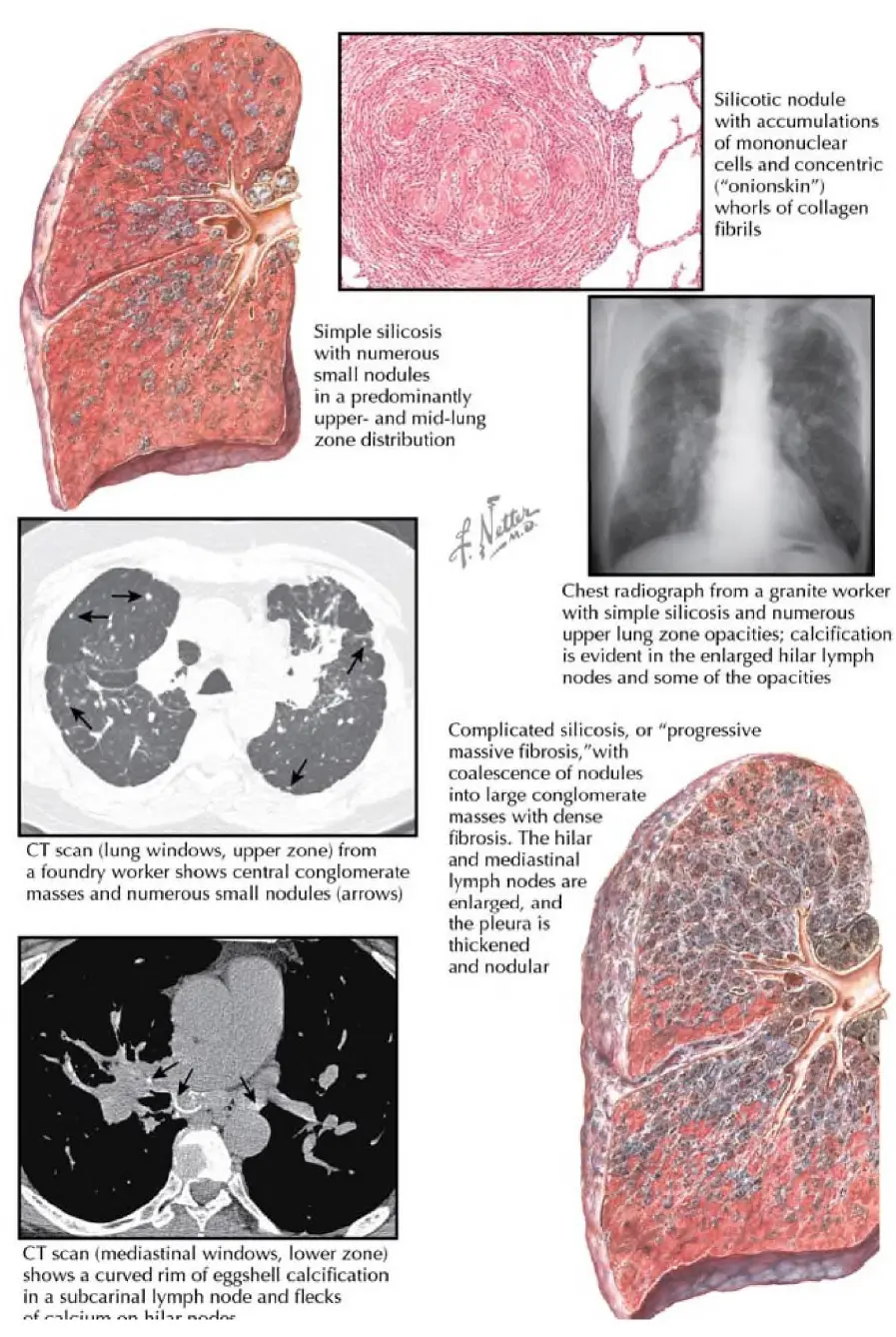
The methods commonly used to protect workers from silica dust exposure when working with natural stone are not effective for working with artificial stone. These methods include using a wet saw, exhaust ventilation, and masks or canister-style respirators. Artificial stone contains a high content of ultrafine and nano-sized crystalline silica, which is a unique hazard that these methods are not designed to protect against. As a result, workers who fabricate, cut, polish, or install artificial stone are at high risk of developing silicosis, a serious and sometimes fatal lung disease. There is no safe level of exposure to silica dust, and even short-term exposure can cause health problems.
Silica dust is a serious health hazard for workers who manufacture, fabricate, finish, and install artificial stone countertops. It can cause silicosis, a lung disease that is characterized by the formation of scar tissue in the lungs. Symptoms of silicosis can include cough, fatigue, shortness of breath, and chronic respiratory disease.
Historically, silicosis typically develops after 10 to 40 years of exposure to silica dust from natural stone or other products. However, exposure to the unique silica dust from artificial stone can lead to more rapid development of disease, often after just a few years of exposure.
Types Of Silicosis
There are three main types of silicosis caused by artificial stone silica dust:
Chronic Silicosis
Chronic Silicosis: This is a lung disease that develops after long-term exposure to silica dust. It is characterized by the formation of scar tissue (fibrosis) in the upper lobes of the lungs. Symptoms of chronic silicosis can often take many years to appear and may include: Cough; Shortness of breath; Fatigue; Weight loss; Chest pain; and Clubbing of the fingers.
In severe cases, chronic silicosis can lead to respiratory failure and death. The onset of chronic silicosis can vary depending on the amount and duration of exposure to silica dust. In general, it takes 10 to 40 years for symptoms to develop in most people. However, some people may develop symptoms after only a few years of exposure, and others may not develop symptoms at all.
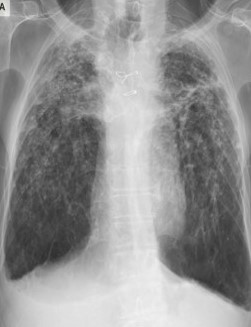
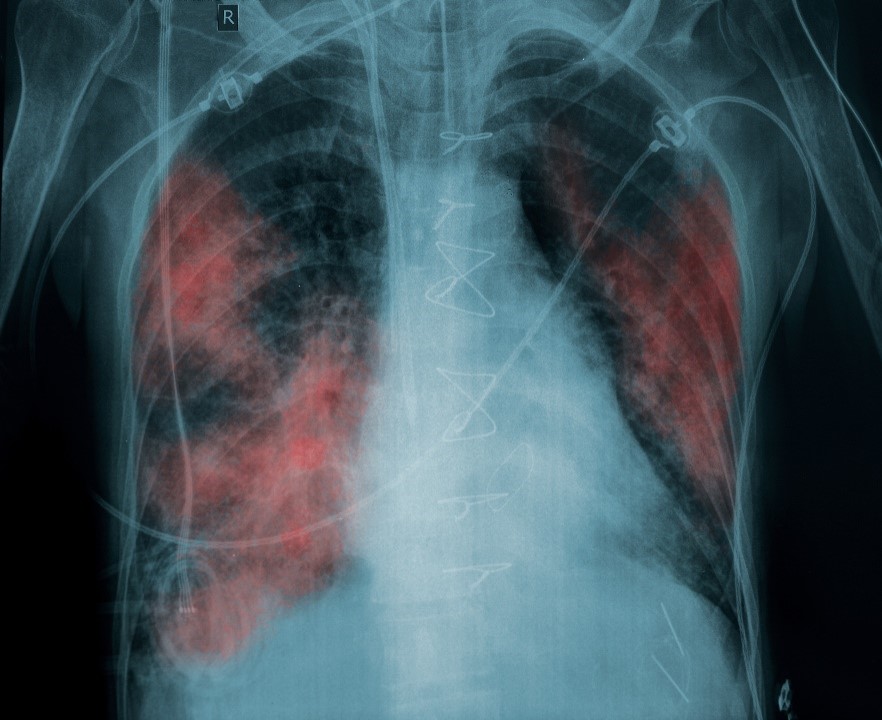
Chronic silicosis is a progressive disease, meaning that it gets worse over time. The scarring in the lungs can make it difficult to breathe, and the symptoms can become more severe. There is no cure for chronic silicosis, but treatment can help slow the progression of the disease and improve the quality of life.
Accelerated Silicosis
Accelerated Silicosis: This is a severe form of silicosis that develops after relatively short-term exposure to silica dust. It can occur after as little as 2 years of exposure, and it can progress rapidly. It usually leads to death within a few years unless the victim receives a lung transplant. It may lead to Progressive massive fibrosis (PMF), which is a severe form of silicosis that is characterized by the formation of large, hard nodules of scar tissue (fibrosis) in the lungs. PMF can occur in people with chronic silicosis, accelerated silicosis, or in people who have been exposed to high levels of silica dust for a short period of time.
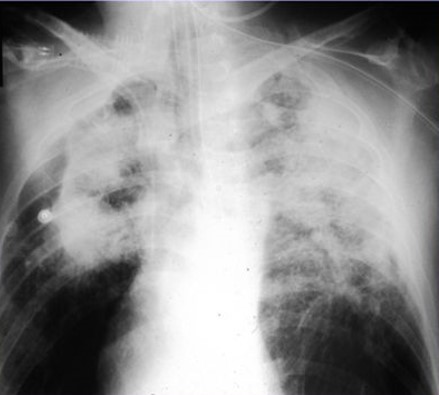
Acute Silicosis
Acute Silicosis: This is a serious form of silicosis that develops after short-term exposure to high levels of silica dust. It can occur within weeks, months, or even a few years of exposure, and is usually fatal without a lung transplant. Acute silicosis can lead to pulmonary alveolar proteinosis (PAV), a condition in which the air sacs in the lungs fill up with fluid. PAV can make it difficult to breathe and can lead to respiratory failure. Acute silicosis can also lead to cor pulmonale, a condition in which the right side of the heart becomes enlarged and weakened due to the increased workload of pumping blood through the lungs. Cor pulmonale can lead to heart failure and death.
Acute and accelerated silicosis are serious and deadly lung diseases that cause permanent damage to the lungs. They are progressive, meaning that they get worse over time, and they are incurable. There is no way to reverse the damage that has been done. Patients with acute and accelerated silicosis typically require 24/7 supplemental oxygen to breathe. The only cure is a lung transplant.
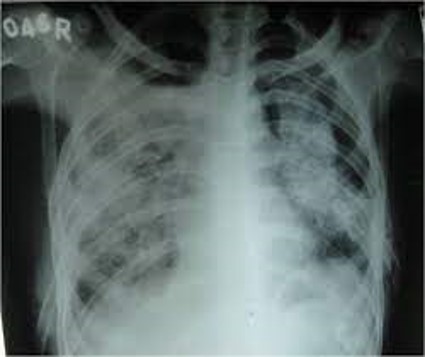
The incidence rate of acute and accelerated silicosis among artificial stone workers has been estimated at an extreme epidemic level of 40-50% of workers. This means that nearly half of all artificial stone workers will develop these diseases at some point in their careers.
All remaining artificial stone workers remain at risk of developing chronic silicosis, as noted above, but also other diseases such as lung cancer, chronic kidney disease, and autoimmune disorders such as rheumatoid arthritis, systemic lupus erythematosus, and systemic sclerosis (scleroderma):
Lung Cancer
Lung cancer is a type of cancer that starts in the lungs. It is the most common cancer in the world and the leading cause of cancer death for both men and women. Lung cancer is caused by exposure to a carcinogen or multiple carcinogens. Artificial stone workers have a significantly increased risk of developing lung cancer. Individual genetics can increase or decrease your susceptibility to particular carcinogens. The symptoms of lung cancer can vary depending on the type of cancer and the stage of the disease. Some common symptoms of lung cancer include Cough; Shortness of breath; Chest pain; Wheezing; Weight loss; Fatigue; Hoarseness; and Bone pain.
If you have any of these symptoms, it is important to see a doctor right away. Early diagnosis and treatment are important for improving the chances of a good outcome for lung cancer. The treatment for lung cancer depends on the type of cancer, the stage of the cancer, and the patient’s overall health. Treatment options for lung cancer may include Surgery; Radiation therapy; Chemotherapy; Targeted therapy; and Immunotherapy.
The prognosis for lung cancer depends on the type of cancer, the stage of the cancer, and the patient’s overall health. The overall 5-year survival rate for lung cancer is 19%. However, the 5-year survival rate for early-stage lung cancer is much higher, at 66%.
Chronic Kidney Disease
Chronic kidney disease (CKD) is a long-term (chronic) condition that affects the kidneys. The kidneys are two bean-shaped organs that filter waste products from the blood. In CKD, the kidneys gradually lose their ability to filter blood, which can lead to a buildup of waste products in the blood. This can damage other organs and systems in the body, including the heart, brain, and bones.
There are five stages of CKD, ranging from CKD stage 1 (mild kidney damage) to CKD stage 5 (end-stage kidney disease). CKD stage 5 is also known as kidney failure.
The most common cause of CKD is diabetes. Other causes of CKD include high blood pressure, high cholesterol, obesity, and a family history of CKD. Some people are born with CKD, or they develop it as a result of certain diseases, such as lupus or polycystic kidney disease. Due to their exposure to high amounts of nano-sized silica dust, artificial stone workers are at an increased risk of CKD.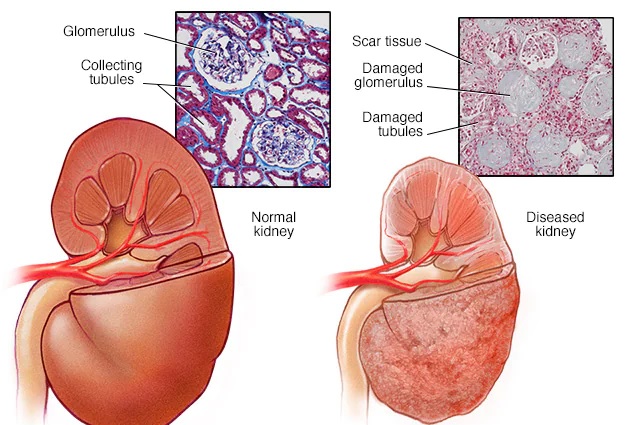
The symptoms of CKD can vary depending on the stage of the disease. In the early stages of CKD, there may be no symptoms at all. As the disease progresses, symptoms may include: Fatigue; Trouble sleeping; Shortness of breath; Swelling in the feet, ankles, and legs; Foamy urine; Reduced appetite; Weight loss; Muscle cramps; Headaches; Trouble concentrating
If you have any of these symptoms, it is important to see a doctor right away. Early diagnosis and treatment are important for slowing the progression of CKD and preventing complications. There is no cure for CKD, but there are treatments that can help to slow the progression of the disease and improve the quality of life. Treatment for CKD may include Medications to control blood pressure and cholesterol; Diet and exercise; Dialysis; and a Kidney transplant.
If you have CKD, it is important to follow your doctor’s instructions carefully and to make lifestyle changes that can help to slow the progression of the disease. These changes may include: Eating a healthy diet; Losing weight if you are overweight or obese; Exercising regularly; Quitting smoking; Controlling your blood pressure and cholesterol; and Getting regular checkups with your doctor.
An autoimmune disorder, such as rheumatoid arthritis, systemic lupus erythematosus, and systemic sclerosis (scleroderma), is a condition in which the body’s immune system mistakenly attacks healthy cells and tissues. This can lead to inflammation, pain, and damage to the affected organs or systems. Some people are more likely to develop autoimmune disorders if they have a family history of the condition, but these diseases still require exposure to environmental factors such as certain chemicals, infections, and stress. Due to their exposure to a high volume of tiny silica particles in dust, artificial stone workers are at a significantly increased risk for these three autoimmune disorders.
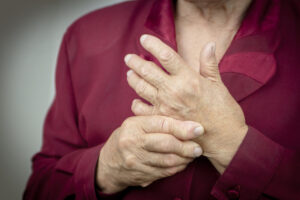
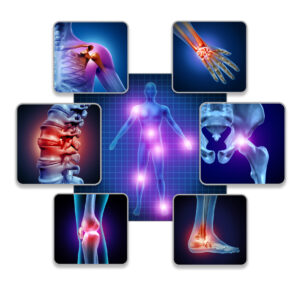
The symptoms of autoimmune disorders can vary depending on the type of disorder and the affected organ or system. Some common symptoms of autoimmune disorders include Fatigue; Joint pain; Muscle pain; Rashes; Swelling; Hair loss; Dry skin; Fatigue; Fever; Weight loss; Difficulty breathing; Vision problems; and Painful urination.
If you have any of these symptoms, it is important to see a doctor right away. Early diagnosis and treatment are important for managing autoimmune disorders and preventing complications. There is no cure for autoimmune disorders, but there are treatments that can help manage the symptoms and improve the quality of life. Treatment for autoimmune disorders may include Medications to suppress the immune system; Physical therapy; Occupational therapy; Pain management; and Lifestyle changes, such as eating a healthy diet, exercising regularly, and quitting smoking. If you have an autoimmune disorder, it is important to work with your doctor to develop a treatment plan that is right for you. This plan may need to be adjusted over time as your condition changes.
Dedicated Team Of Artificial Stone Silicosis Attorneys Here To Help
If you or a family member have worked as a fabricator, cutter, polisher, or installer of artificial stone (Quartz) (manufactured) stone countertops and have been diagnosed with any type of silicosis or lung cancer, or think that you potentially could have silicosis, contact an attorney for a free case evaluation, we recommend that you call (866) 476-8111 or complete a contact form today.